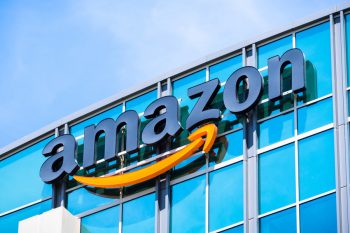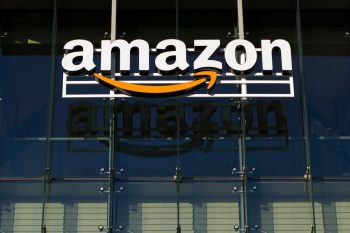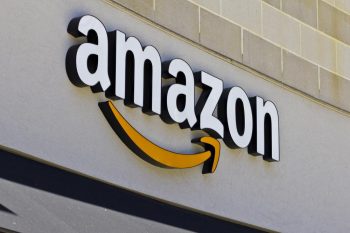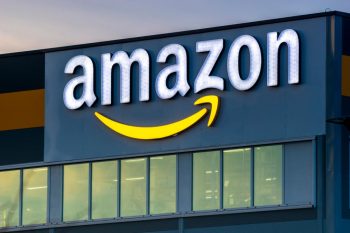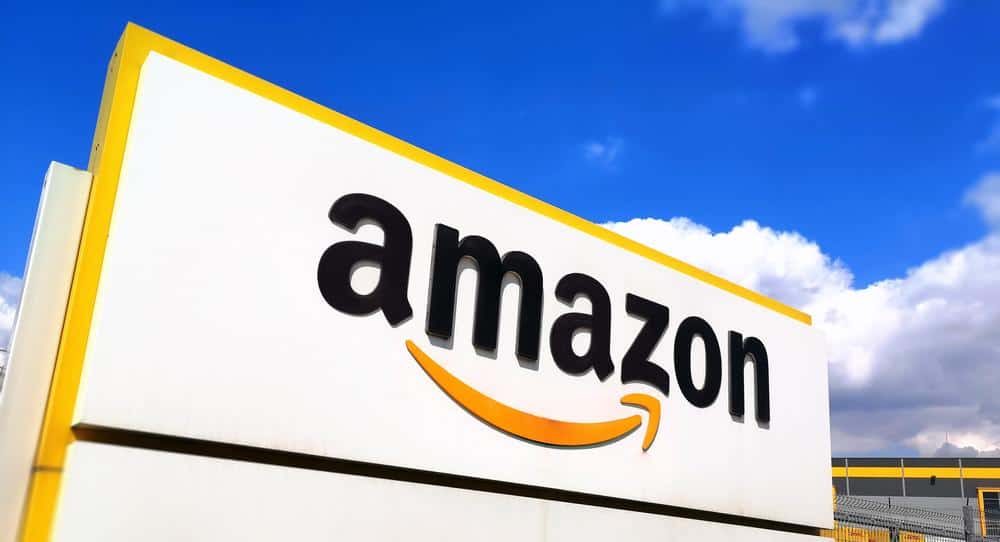
Amazon, the world’s largest online retailer, is known for its vast selection of products and competitive pricing. But have you ever wondered why Amazon shows different prices for the same product? In this comprehensive guide, we will delve into the intricacies of Amazon’s pricing strategy, the factors that contribute to price variations, and how you as a consumer can navigate these changes to get the best deals.
Amazon shows different prices for the same product due to its dynamic pricing strategy. This strategy adjusts prices based on factors like demand, stock availability, customer behavior, and location. Other factors include price discrimination, competition, and different sellers offering the same product at varying prices. Amazon’s use of cookies to gather data about users’ shopping habits also contributes to price variations.
Amazon’s Dynamic Pricing Strategy
At the heart of Amazon’s pricing strategy is a concept known as dynamic pricing. Dynamic pricing involves changing the price of a product based on various factors such as browsing or purchase history, operating system, and zip code. Amazon uses cookies to gather data about users’ shopping habits and the price point they are most likely to buy at. Based on this information, Amazon adjusts the prices of their products to maximize sales and profits.
For instance, if a user tends to shop at high-end online stores, Amazon may raise their prices because they know the user is likely to still buy the product. On average, Amazon changes its prices every 10 minutes, resulting in around 2.5 million price changes per day. This strategy allows Amazon to stay competitive by adjusting prices multiple times a day based on factors such as demand, stock availability, and customer behavior.
Factors Affecting Price Variations on Amazon
Several factors contribute to Amazon displaying different prices for the same product. These include:
- Dynamic pricing: As mentioned above, Amazon uses sophisticated algorithms to update prices multiple times a day based on factors such as demand, stock availability, and customer behavior.
- Price discrimination: Retailers can use customer data, such as location, browsing history, and purchase behavior, to tailor prices to individual customers.
- Different sellers: Amazon is a marketplace with third-party sellers, and different sellers may offer the same product at different prices.
- Global and user values: Amazon considers global values (such as demand volume and stock volume) and user values (such as product visit frequency and time of purchase) when executing price changes.
- Competition: Amazon continuously evaluates, reviews, and updates its product prices to offer the most competitive prices to shoppers and stay ahead of the competition.
How Location Affects Amazon Prices
Location can significantly impact the price of a product on Amazon. Shipping costs can vary depending on the destination of the product, and these costs are factored into the final price. Additionally, sellers may have to pay fees to Amazon, which can also affect the final price of the product. Amazon’s fair pricing policy requires sellers to offer the same price on other platforms that they do on Amazon, even if their costs to sell on those platforms are less. If they don’t, Amazon may suspend or demote their listings. This policy can lead to inflated prices across the internet.
The Impact of Browsing History and Behavior on Amazon Prices
Amazon’s dynamic pricing strategy also takes into account user browsing history and behavior. For example, if you tend to shop on more high-end, pricier online shops, then Amazon will know that you have more money to spend and will raise their prices because they know you will probably still buy the product.
How to Get the Best Deals on Amazon
While Amazon’s dynamic pricing strategy can result in price fluctuations, there are several strategies you can use to get the best deals:
- Become an Amazon Prime member
- Use Amazon’s smartphone app
- Join waitlists for sold-out Lightning Deals
- Enable 1-Click purchases
- Use the Amazon Assistant browser plug-in
- Bookmark Consumer Reports’ shopping hub
- Compare prices with other retailers
- Monitor Amazon’s Today’s Deals section
- Clip coupons on Amazon’s Coupons page
- Track Amazon prices with tools like CamelCamelCamel
- Check Amazon Warehouse and Amazon Outlet
In conclusion, Amazon’s dynamic pricing strategy ensures that the company maintains a competitive edge in the online marketplace. As a consumer, understanding this strategy can help you make more informed purchasing decisions and get the best possible deals on Amazon.
Frequently Asked Questions
What is Amazon Prime and how does it help to get the best deals?
Amazon Prime is a subscription service that costs $119 per year or $12.99 per month. It offers several benefits to subscribers including free two-day shipping on many items, access to streaming music, video, and e-books, and early access to lightning deals. By becoming a Prime member, you can get exclusive deals and discounts, especially on Prime Day, an annual sales event for Prime members.
What is Amazon’s smartphone app and how can it help me save money?
Amazon’s smartphone app is a mobile application that allows users to browse, search, and purchase products on Amazon directly from their mobile devices. The app often has exclusive deals and offers for app users and sends push notifications about price drops or sales on items you’ve shown interest in, helping you save money.
What is the Amazon Assistant browser plug-in and how does it help with finding the best deals?
The Amazon Assistant browser plug-in is a tool that can be added to your web browser. It provides deal notifications, product comparisons, and allows you to save products from any website to your Amazon wish list. It helps you stay updated on price changes and find the best deals.
What is CamelCamelCamel and how can it help me track Amazon prices?
CamelCamelCamel is a free Amazon price tracker that monitors millions of products and alerts you when prices drop, helping you decide when to buy. You can use it to track price history charts, set price drop alerts, and get an email when the price drops.
What are Amazon Warehouse and Amazon Outlet?
Amazon Warehouse and Amazon Outlet are sections on Amazon where you can find deep discounts on quality used products and overstocks, respectively. Amazon Warehouse deals with open-box and used products, while Amazon Outlet features marked-down new products. Shopping in these sections can help you find great deals.

